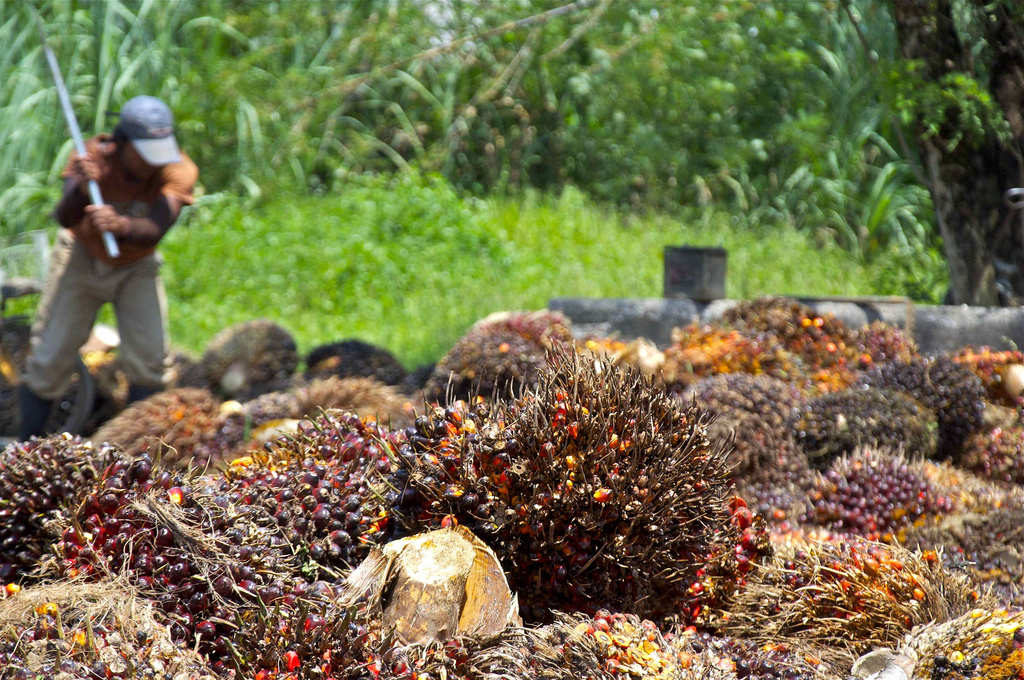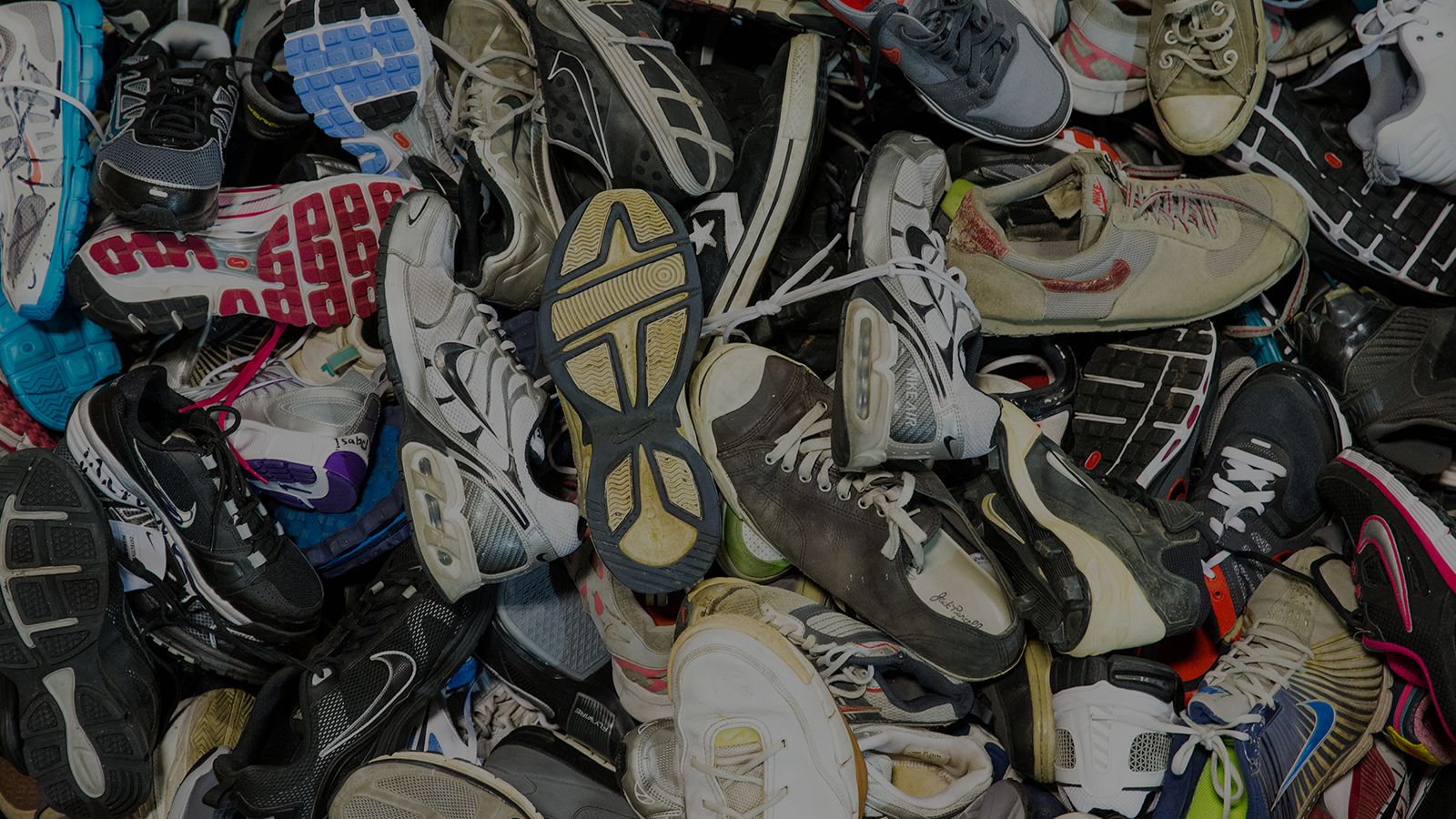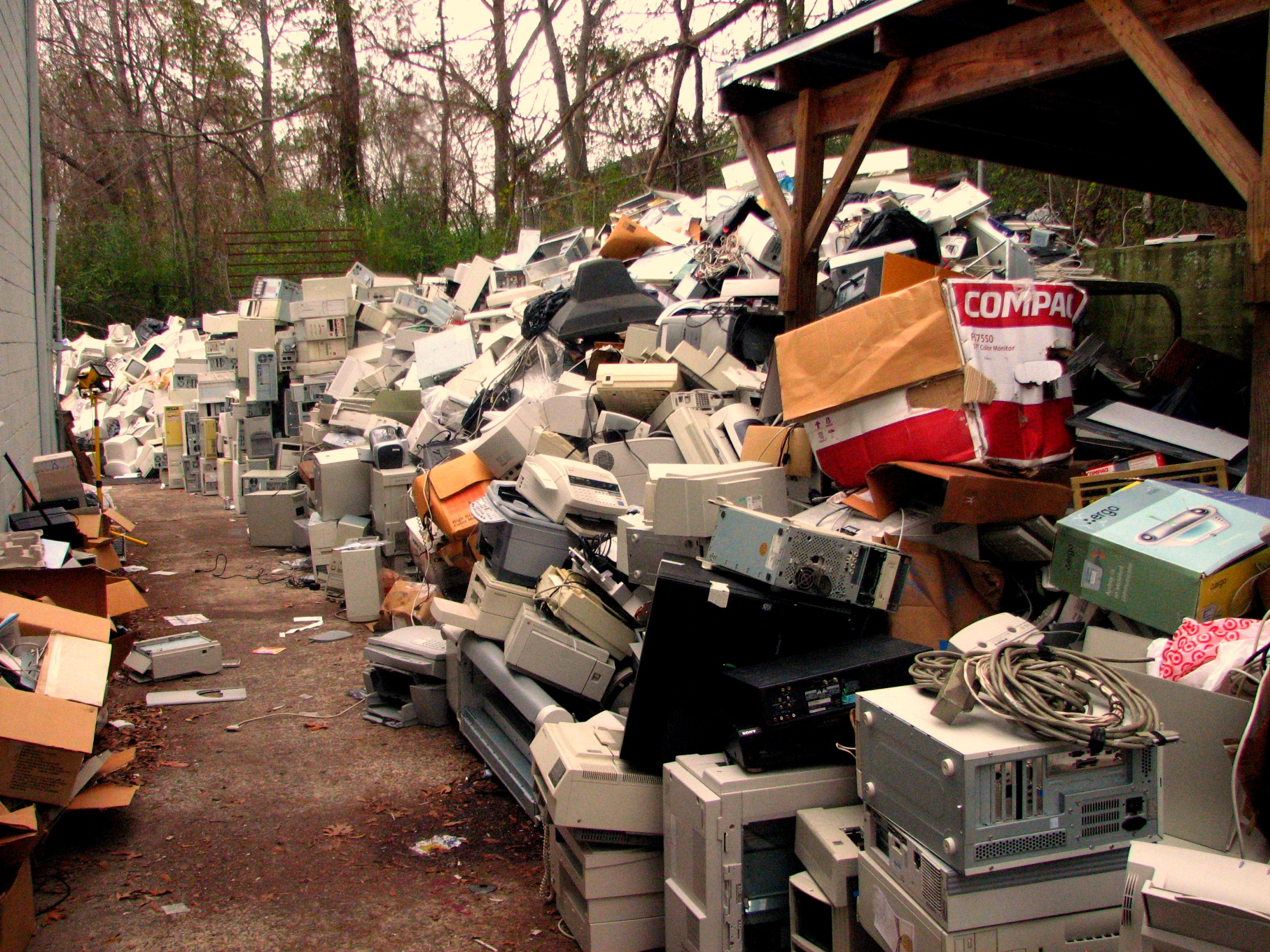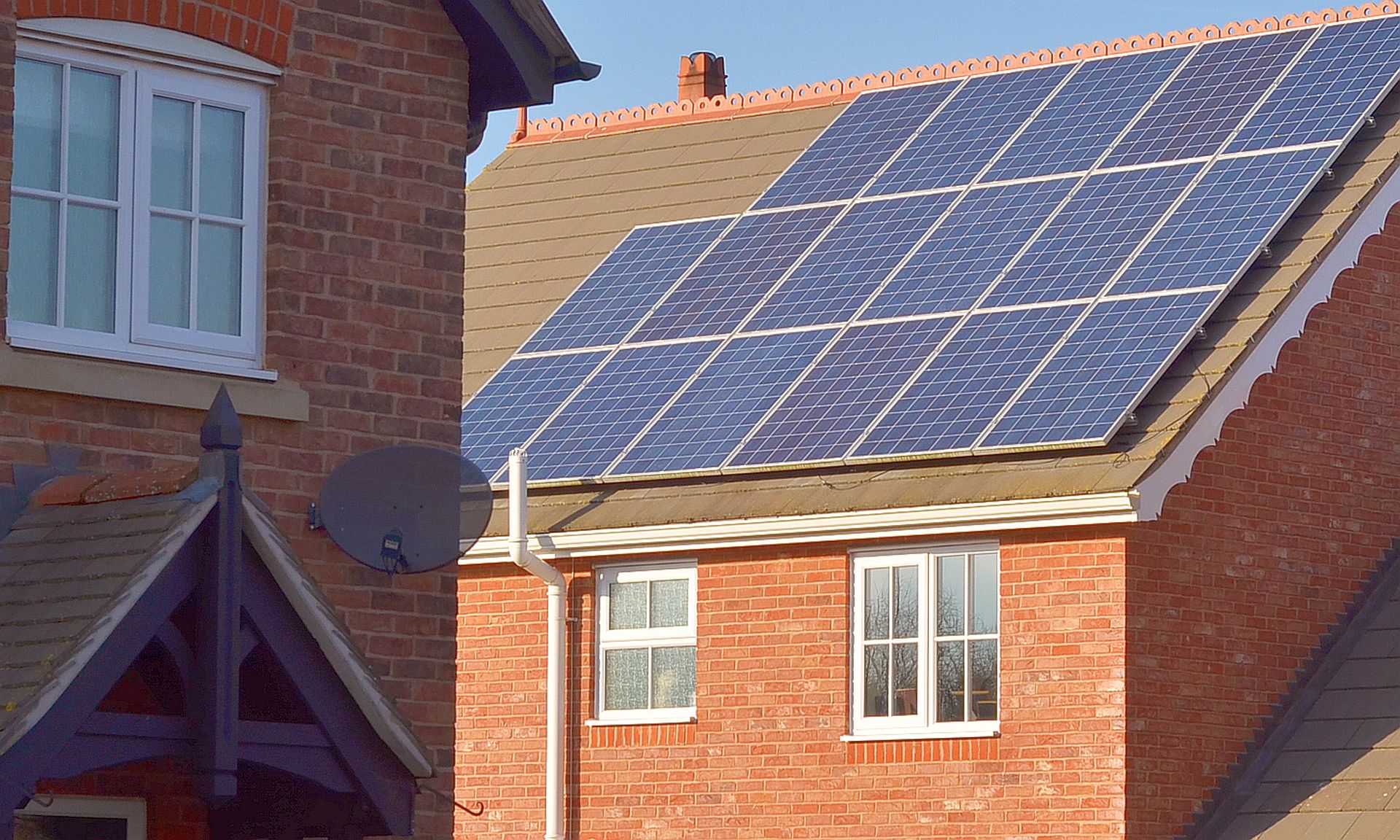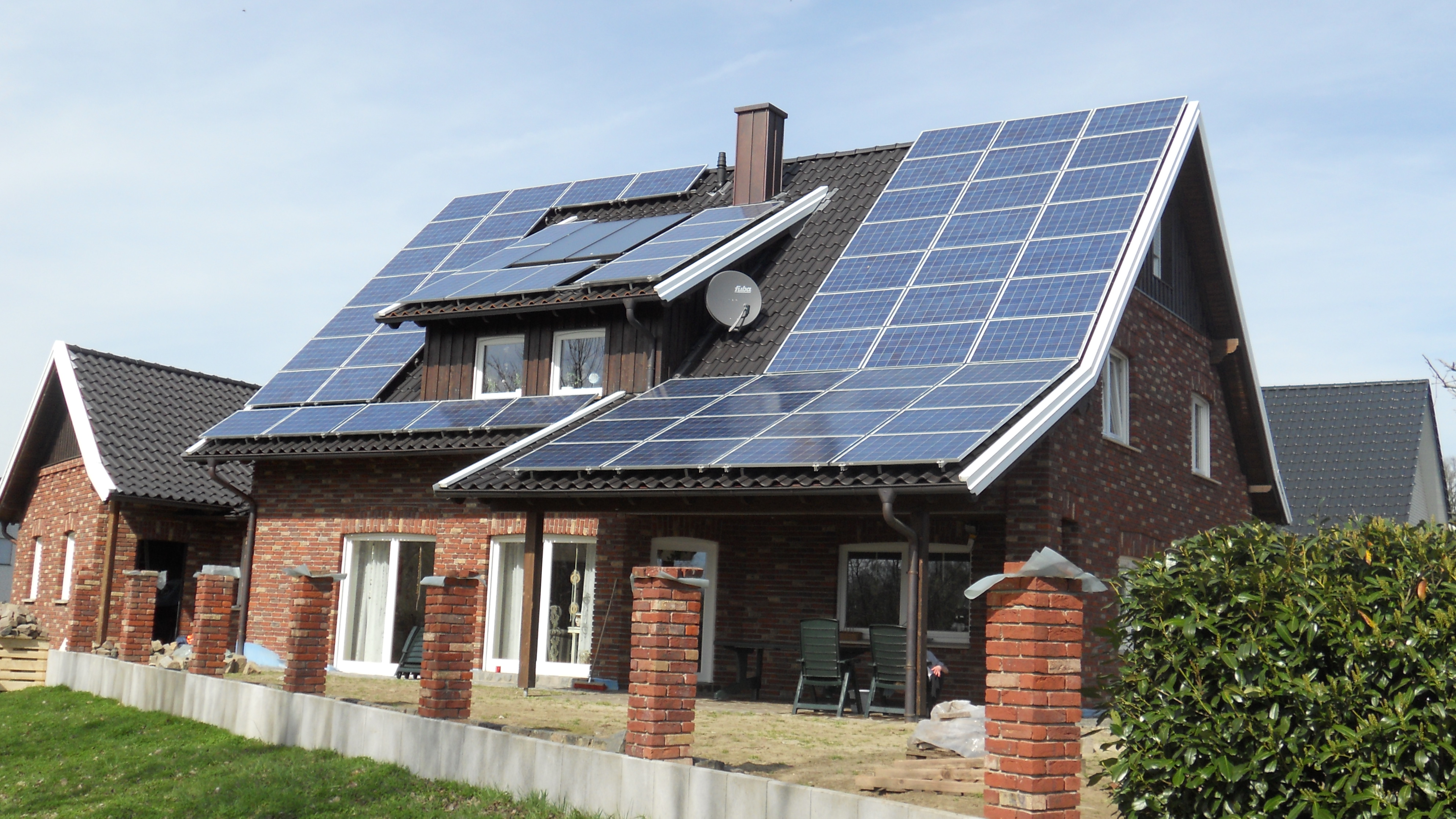Few of us cook with palm oil or have ever even seen the stuff. Nevertheless, half of the world’s consumer products include it as an ingredient and the global market for palm oil could be as high as $50 billion. The palm oil industry has been tied to environmental destruction in countries such as Malaysia and Indonesia and has been found to be complicit in human rights violations.
Sustainable Living
Testing The Ocean Cleanup Array
It’s no secret that our oceans are full of plastic. Plastic trash can be found on up to 88% of the oceans’ surfaces, with most of the debris concentrated in the top two meters of water. The plastics gather in certain areas of the ocean due to the swirling nature of ocean currents, known as gyres. Some of these concentrations, such as the infamous Great Pacific Garbage Patch, are so large they can be seen from space.
Giant Pandas And The Endangered Species List
Giant pandas are among the most beloved animals in the world and are the iconic symbol of China as well as of the World Wildlife Fund, the global NGO dedicated to wildlife conservation. In the mid 1990s, the population of wild pandas dropped to as low as 1,000 as a result of habitat loss, habitat fragmentation, and an intrinsically low birth rate. There is also illegal poaching despite severe penalties. Pandas have been considered to be an endangered species for quite some time.
[Read more…] about Giant Pandas And The Endangered Species List
Solar Power And Social Justice
The U.S. recently celebrated the milestone of having one million solar installations nationwide. It took 40 years to get there, but experts believe the next million could take only a couple of years. The solar revolution is clearly well underway.
CO2 Air Capture
The level of carbon dioxide in the atmosphere has reached 400 parts per million and is still rising. Climate scientists say that 450 parts per million would be dangerously high. Many experts say that we really need to get back to 350 parts per million. We are trying to prevent global temperatures from rising more than 1.5 degrees Celsius.
Light Pollution
The luminous glow of the Milky Way, the galaxy that contains our Solar System, has inspired everything from stories and songs to paintings and poems for centuries. But now one third of the people on the planet – including 80% of Americans and 60% of Europeans – cannot see the Milky Way at night because of light pollution. Nighttime light pollution now covers nearly 80% of the globe.
Reducing Emissions From Ships And Planes
The global efforts to reduce carbon emissions are marked by a conspicuous omission: the aviation and shipping industries. These two industries contribute 6% of all man-made CO2 emissions, but have so far managed to avoid international control. And not only are they major sources of carbon emissions, their contributions are growing three times faster than overall global CO2 emissions.
Should We Rescue Distressed Animals?
From time to time, we encounter wild animals in distress. A baby robin falls out of its nest. A fawn is orphaned when its mother is hit by a car. A bald eagle staggers on the ground, unable to fly.
Shoes From Garbage
Apparel giant Nike recently announced that 71% of its footwear now contains materials made from waste products from its own manufacturing processes. They call the waste material “Nike Grind,” and it is made from recycled sneakers, plastic bottles, and manufacturing scraps from Nike’s factories.
The Trouble With Burning Forests
President Obama has set 2030 as the target for reducing U.S. carbon dioxide emissions to comply with the Paris Climate accord. Unfortunately, the Senate’s new Energy Bill would allow states to count wood as a “carbon neutral” fuel when drawing up plans to comply with the EPA’s Clean Power Plan.
Pakistan’s Green Tsunami
Pakistan has a terrible history of environmental degradation. Since it became an independent country in 1947, almost all of its primary forests have been cut down while its population has grown by an unbelievable 600 percent.
Carbon Dioxide And Bees
The decline of bee populations worldwide is a serious problem that threatens much of agriculture. From 2006 to 2011, losses in managed honeybee colonies in the U.S. averaged 33 percent a year. In recent years, beekeepers have had to replace 50 percent of their colonies each year.
Big Data + Technology = Improved Global Health
Scientists are calling for the creation of a global early warning system for infectious diseases. Such a system would use computer models to tap into environmental, epidemiological, and molecular data – gathering the intelligence needed to forecast where disease risk is high and what actions could prevent outbreaks or contain epidemics.
[Read more…] about Big Data + Technology = Improved Global Health
Hidden Costs of E-Waste
Recycling is often a great thing. But, when you hear about the conditions under which electronic waste is disassembled by impoverished peoples of developing nations, it gives one pause. [Read more…] about Hidden Costs of E-Waste
The Debate Over GMOs
GMO crops have been the source of a great deal of controversy over the years. A major concern has been whether they potentially cause health issues for consumers, which is an understandable worry.
Nile Crocodiles In Florida
Nobody really knows how many alligators live in Florida. It’s estimated that there are anywhere from 1.3 million to 2 million alligators in the Sunshine State, which means there’s one gator for every 10-15 Floridians. It’s this ratio that makes it just about impossible for someone living in Florida not to encounter an alligator at some point. And if you have seen one recently and thought it looked a little bigger, you may be onto something.
One Million Roofs
Sometime early in May, the United States installed its one millionth solar energy system. Achieving this milestone took the solar industry about 40 years to accomplish. Because of the phenomenal growth of solar power in this country, industry experts predict that it will only take two more years to reach the second million and there are predictions that by the year 2025, there will be one million new installations in the U.S. each year.
